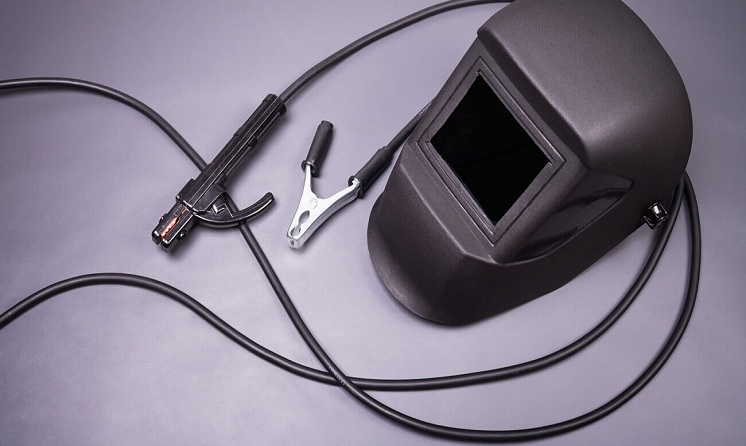As the name suggests, a welding cable is used in a welding machine while arc wending. It is used to carry high power to the electrode. When charged, the electrode produces an electric arc. This is the heat source used to carry out the welding of the base metal. The current can be AC or DC.
Welding cable manufacturers are primary suppliers to a range of industries. An important part of the welding machine, these are used in running and repair of industrial equipment. The wending machine joins metals together, creating or repairing structures. Today, it is used to create a range of metallic structures, such as automobiles and even ships.
A welding cable is made of bundles of copper or aluminum wires. The stranded of wires are packed tightly. The stranding is the key for the cable’s flexibility and durability. Around the strafed wires is the insulation which adds to its ability to withstand corrosive conditions and rough usage. The insulation is usually composed of neoprene rubber or EPDM. These have higher flexibility than rubber or PVC.
What you Need in a Welding Cable?
Since the quality of the welding cable will impact the functioning of the welding machine and hence, the work itself, it is important that we make its selection carefully. As a buyer there are two critical qualities that every welding cable must meet: durability and flexibility. Other factors are also explained below:
Flexibility: Arc welding is rarely carried out while one stars at a stationary position. Even where robot welding is applied, the robot often has to move around to get to the right position where the joint has to be placed. This means that we need a cable that is highly flexible and can be moved around. This is achieved by keeping a rubber insulation with high strand count.
Durability: Welding often takes place in somewhat hostile conditions where we have electric sparks and grease. Most cables will not last long in such conditions, since grease can be corrosive and sparks can damage cables. The welding cable, on the other hand, are designed to withstand sparks, oil spills and water.
Ampacity: Since a welding cable has to conduct high power, it is important to know its limit beforehand. Apacity, short of ampere capacity, tell us just that. It is the maximum current a length of cable can carry without deteriorating. The cable’s ampacity will be expressed in amp ratings. The ampacity of a cable is dependent on a range of factors, including the length, insulation, gauge and the type of machine used.
Overloading a cable occurs when we run more current than the specified amp rating through it. This can cause overheating. The result can be the melting of the insulating air which leaves the underlying wires exposed. This will cause the cable to deteriorate fast. Ampacity will also depend on the voltage. More the voltage carried, less is the amperage. It also means thinner cables.
The width or gauge of the cable will have a direct effect on the ampacity of the cable. For low ampacity we need long thin cables, while for high ampacity we need thicker, but shorter cable. So, if you need a long cable, make sure that you compensate in the gauge of the cable.
Length: When buying a welding cable you will obviously have to keep in mind the length of the cable you need. There are a few factors that must be kept in mind here. First, you will probably have to move around a fair bit with cable to reach every point in the joint. So, always keep some extra length.
Secondly, you may need almost the double of the distance between the welding machine and the metal to be welded. This is because you will need one length of the welding cable to attach the electrode with the welding machine and another cable that attaches the welding cable to a work clamp that is clamped to the metal being welded.
Insulation: As mentioned above, a welding cable needs to be extremely durable and able to withstand sparks, grease, moisture and even molten metals. This ability comes from the insulating material used. With high power conduction, the quality of insulation also becomes important. This is why most welding cable manufacturers use neoprene rubber or EPDM.



